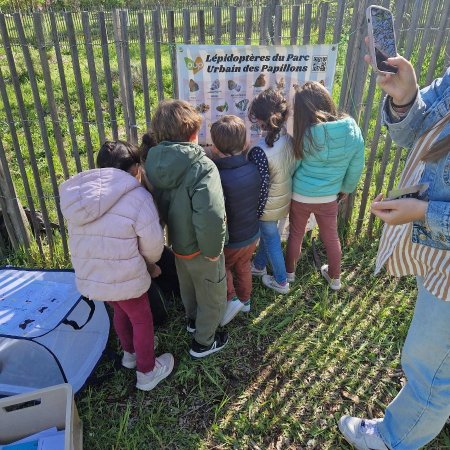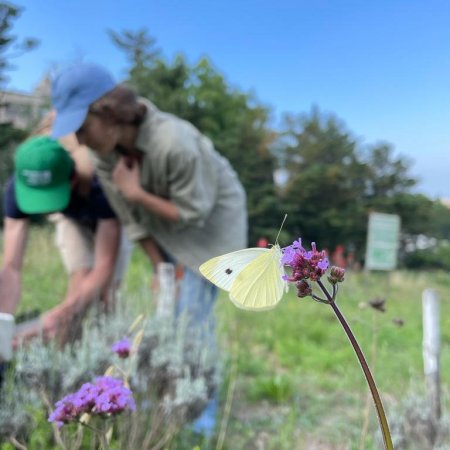Les actualités
Les travaux réalisés en 2010 sur les papillons de jour dans les parcs urbains de Marseille ont mis en évidence une richesse en espèces insoupçonnée (45 espèces), mais une diminution du nombre d'espèces et du nombre d'individus de la périphérie vers le centre ville. Ces recherches ont également démontré une perte d'espèces méditerranéennes suivant ce gradient.
Afin de suivre cette biodiversité urbaine sur le long terme et de comprendre son évolution, le Laboratoire Population Environnement Développement (LPED) met en place en 2012 un dispositif expérimental de recherche unique en France : le Parc Urbain des Papillons (PUP). Il s'agit de créer une zone attractive et un havre de paix pour les papillons au coeur de la deuxième Ville de France. C'est cette démarche que nous souhaitons partager.
Afin de suivre cette biodiversité urbaine sur le long terme et de comprendre son évolution, le Laboratoire Population Environnement Développement (LPED) met en place en 2012 un dispositif expérimental de recherche unique en France : le Parc Urbain des Papillons (PUP). Il s'agit de créer une zone attractive et un havre de paix pour les papillons au coeur de la deuxième Ville de France. C'est cette démarche que nous souhaitons partager.
Suite au succès du Parc Urbain des Papillons (PUP) de Marseille, tant sur le plan scientifique que dans la sensibilisation du public et des professionnels, le projet a progressivement pris de l’ampleur. Les résultats ont montré qu’il était possible de suivre et de favoriser la biodiversité des papillons en milieu urbain grâce à des aménagements adaptés, tout en impliquant les différents acteurs dans cette démarche.
Ainsi, pour répondre aux enjeux grandissants liés à la préservation de la biodiversité en milieu urbain et toucher un public plus large, il est rapidement devenu évident que ce modèle devait être étendu. C’est ainsi qu’est née l’idée de développer un réseau plus vaste, capable de rassembler plusieurs sites et d’impulser une dynamique nationale. Cette évolution a abouti à la création du réseau PUP+, une initiative qui capitalise sur l’expérience marseillaise pour déployer une approche cohérente et partagée de la conservation des papillons dans les villes françaises.
Réseau PUP+
On parle de nous ...
Made in Marseille reportage Olivia Chaber 2024
Silence ça pousse 2014
Enjeux et objectifs
Partenaires et financeurs
Vous souhaitez créer un PUP ?
Parce qu'il est important de favoriser les papillons en ville, nous vous encourageons à créer des PUP dans toutes les villes et les villages.
🦋 Pour vous donner un aperçu de ce dispositif et vous donner envie de le reproduire, notre démarche.
🦋 Pour le reproduire près de chez vous, le mode d'emploi.
🦋 Pour le reproduire près de chez vous, le mode d'emploi.
Biodiversité urbaine Butterfly Chenille Insectes LPED Marseille Nature Nature en Ville PUP Papillon Papillons Parc Rhopalocères Écologie Écologie Urbaine



